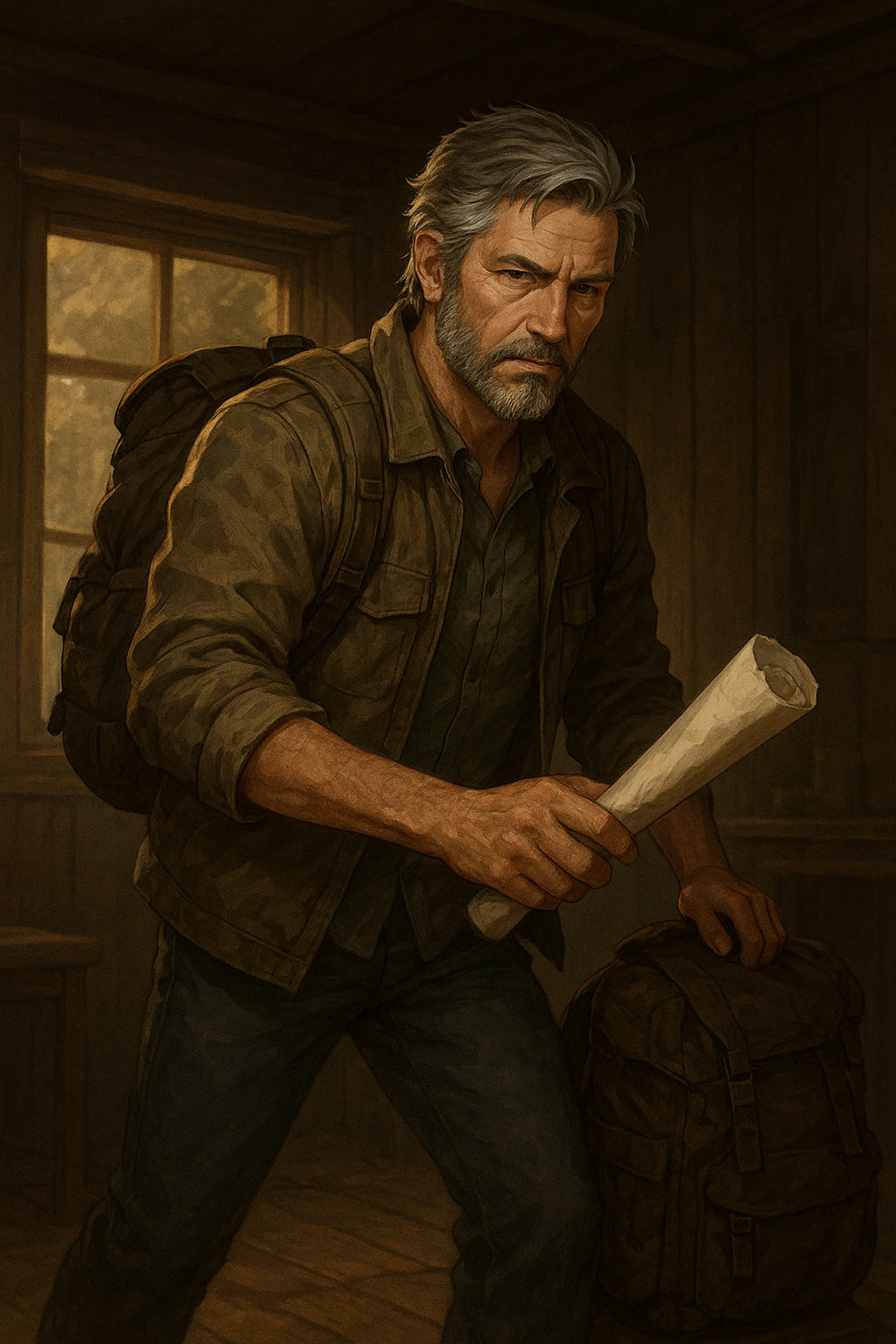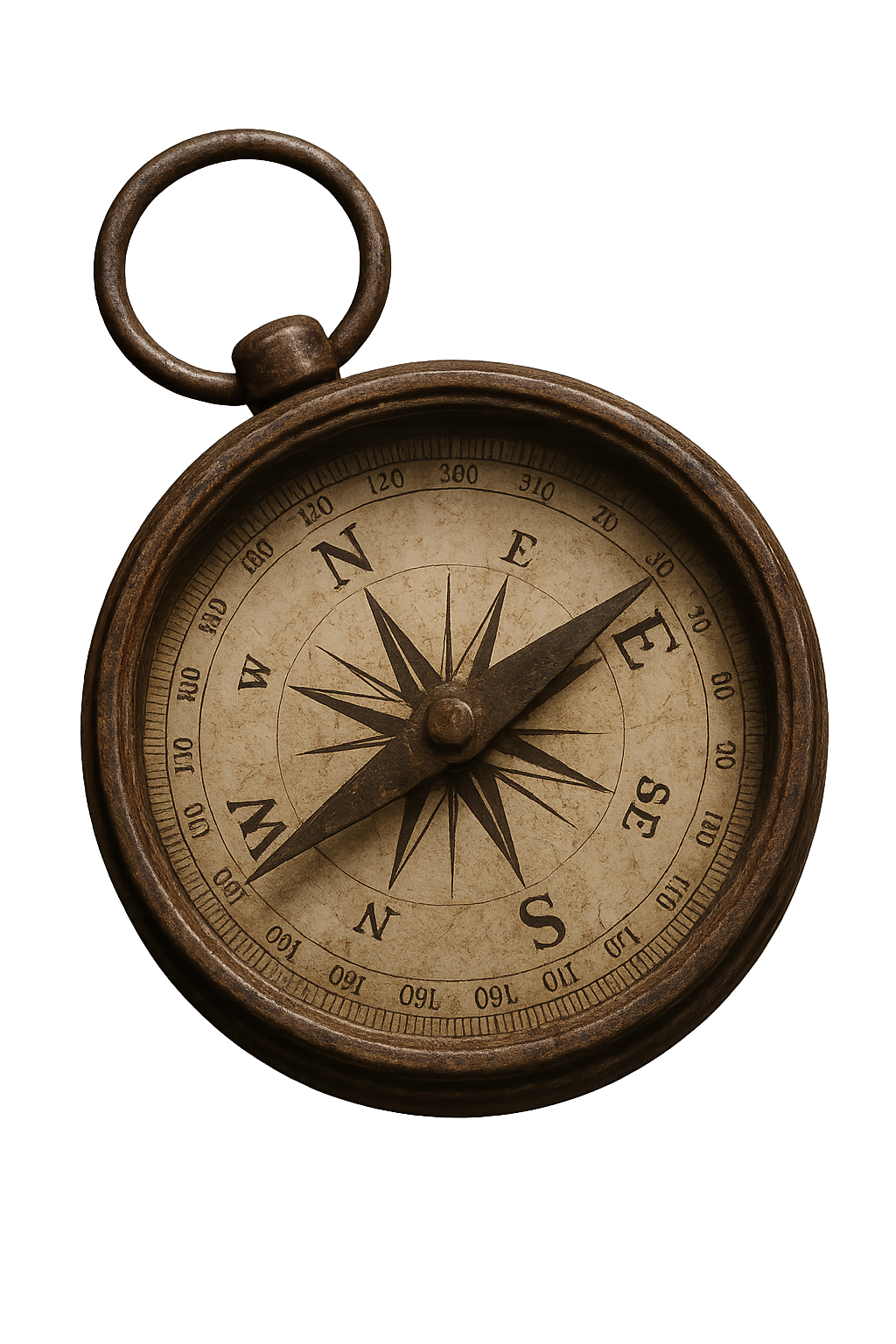Creating a family emergency plan is only the first step. The true power of that plan comes alive when it’s tested — when every family member knows exactly what to do, where to go, and how to act under pressure. Practicing your plan can be the difference between confusion and confidence when disaster strikes.
🧭 Why Drills Matter More Than You Think
When emergencies happen — fire, flood, blackout, or earthquake — adrenaline takes over, and rational thought can fade. That’s where muscle memory steps in. Regularly practicing your plan ensures that everyone can act automatically.
It’s like learning to drive: reading the manual is one thing, but actually getting behind the wheel is what builds real skill.
A single, well-practiced drill can expose weak points in your plan — maybe your evacuation route is blocked, or your go-bag is missing critical supplies. Identifying these gaps before an emergency gives you the chance to fix them calmly instead of panicking later.
🏃 How to Run a Family Emergency Drill
Choose a Scenario:
Start with realistic threats in your area — a winter storm, fire, or power outage. Pick one per month and rotate through them.Set the Scene:
Simulate conditions as closely as possible: lights off, mock injuries, or blocked exits. The more real it feels, the better the learning.Assign Roles:
Every person should have a job. One might handle communication, another gathers the emergency kit, and someone else checks on pets or younger siblings.Time the Response:
Use a stopwatch. How long does it take to get everyone out safely? To account for everyone? Track your time and aim to improve with each drill.Debrief and Improve:
Afterward, sit down as a family. What went well? What caused confusion? Update your plan, adjust routes, or reorganize your supplies accordingly.
💡 Pro Tip: Make It Fun for Kids
Turn drills into challenges — see who can reach the safe zone fastest or pack the emergency bag most efficiently. Reward participation with a treat or small prize. The goal is to make preparedness exciting, not frightening.
🔄 Keep It Fresh
A plan only works if it stays relevant. Review and update it twice a year — when seasons change or new family members, pets, or medical needs arise. Check that emergency numbers, meeting points, and supplies are all current.
Remember: the more often you practice, the calmer you’ll be when it truly counts.
⚡ Final Thought
Testing your family emergency plan transforms theory into readiness. It builds unity, confidence, and quick reflexes that can save lives. Because when chaos hits, the families who’ve practiced are the ones who act — not freeze.
Your next drill might feel like a small effort now, but one day, it could be the reason your family makes it through safely.

